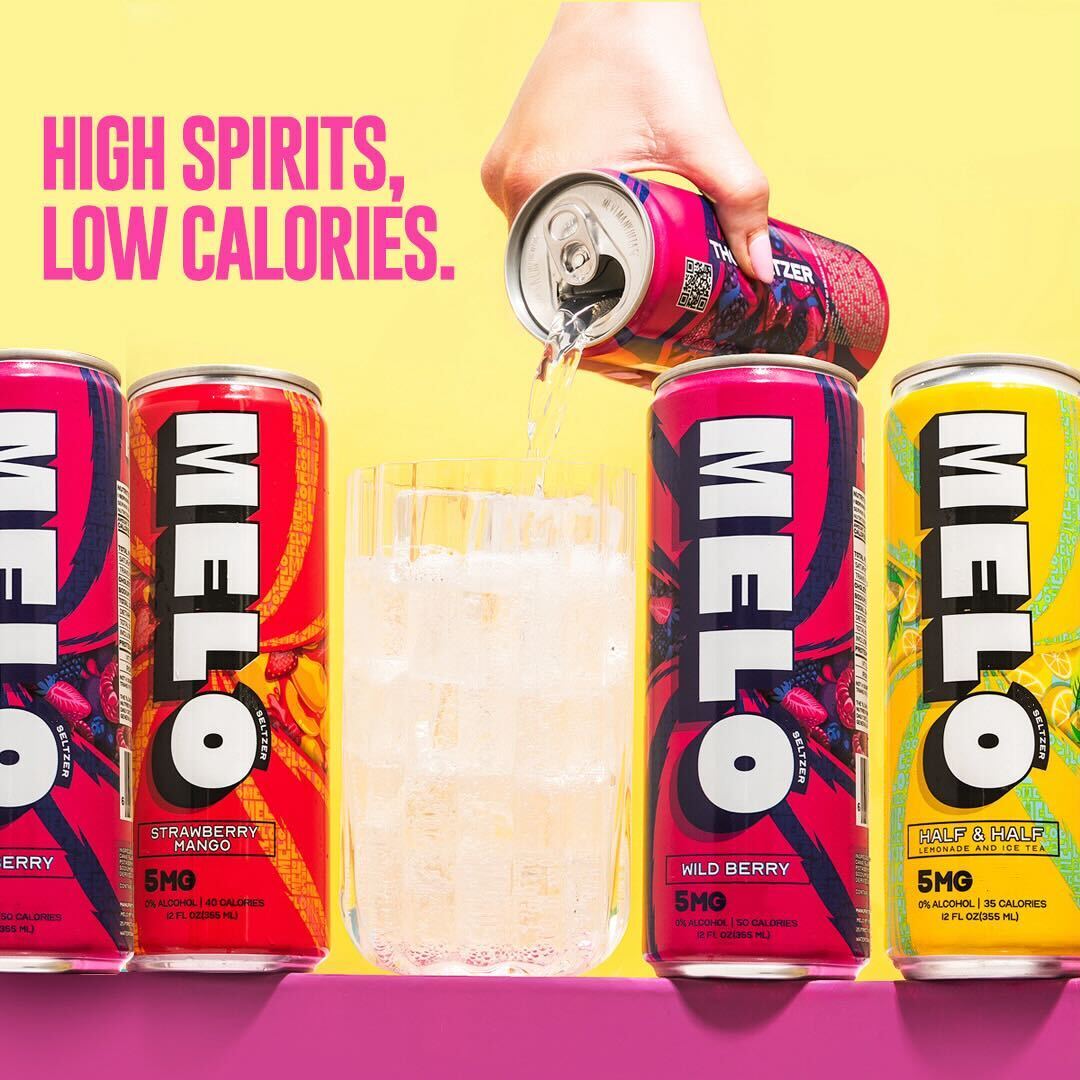Early Applications
Throughout history, humans have experimented with various methods for consuming cannabis, seeking its psychoactive and therapeutic effects. While smoking and ingestion remain common practices today, the development of THC beverages represents a relatively recent innovation in cannabis consumption.
Ancient Use
While modern THC-infused drinks are gaining popularity, the idea of ingesting cannabis for its effects isn’t new. Ancient civilizations used various methods to consume cannabis in beverage form. Evidence suggests that ancient cultures in Mesopotamia and Egypt incorporated cannabis into their brews. For example, fermented beverages containing cannabis were reportedly consumed in ancient China, often for medicinal purposes.
Traditional Preparations
Early applications of THC in beverages can be traced back to ancient civilizations. These early preparations often involved fermentation processes, incorporating cannabis plants or extracts into various alcoholic and non-alcoholic drinks. Evidence suggests that these beverages were consumed not only for recreational purposes but also for their perceived therapeutic benefits.
19th and Early 20th Century
The 19th and early 20th centuries witnessed significant shifts in social norms and scientific understanding, impacting various aspects of life, including the consumption of cannabis. During this period, growing concerns about substance abuse led to stricter regulations on cannabis use in many parts of the world.
Cannabis Prohibition
This shift in perspective contributed to a wave of cannabis prohibition that swept across nations during the late 19th and early 20th centuries.
- In the United States, the Marihuana Tax Act of 1937 effectively criminalized cannabis production, sale, and possession.
- Similar legislation was enacted in other countries, leading to widespread bans on THC beverages.
- These prohibitions aimed to curb perceived societal harms associated with cannabis use, particularly its association with addiction and social deviance.
As a result of these legal restrictions, the production and consumption of THC-infused drinks became largely clandestine, pushing them into the realm of underground markets and informal practices.
Limited Research and Development
The 19th and early 20th centuries saw a dramatic decline in research and development related to cannabis, including THC beverages. This period was marked by growing social anxieties surrounding drug use, fueled by moralistic campaigns and sensationalized media coverage.
These concerns led to a wave of legislation criminalizing cannabis in many countries. The focus shifted from exploring potential medicinal applications of cannabis to demonizing it as a dangerous and addictive substance. Consequently, any scientific investigation into the properties and potential uses of THC in beverages was effectively halted.
Mid-20th Century to the Present
The latter half of the 20th century witnessed a gradual shift in public perception towards cannabis, spurred by countercultural movements and increasing awareness of its potential medical benefits. This renewed interest in cannabis coincided with advancements in pharmaceutical science, leading to a surge in research into the therapeutic properties of THC, the psychoactive compound found in cannabis.
Emergence of CBD Beverages
As societal attitudes toward cannabis began to evolve, so did the exploration of alternative consumption methods. In this context, researchers and entrepreneurs started exploring the possibility of incorporating THC into beverages. Early attempts often faced challenges related to dosage control, consistency, and taste, but these initial forays paved the way for future innovations.
The rise of the cannabis industry in recent decades has coincided with a surge in the popularity of THC beverages. Advances in technology, particularly in extraction and infusion methods, have enabled the production of high-quality, flavorful drinks with precise THC content.

Today, a wide array of THC-infused beverages are available, ranging from seltzers and sodas to teas and coffees. These drinks offer consumers a discreet and convenient way to enjoy the effects of cannabis, appealing to a growing demographic seeking alternative consumption methods.
Recreational THC Beverage Market Growth
The mid-20th century saw a decline in the public conversation about THC beverages due to widespread prohibition. However, as attitudes towards cannabis began to shift in the latter part of the century, interest in alternative consumption methods like beverages resurfaced.
This renewed interest coincided with advancements in pharmaceutical science and a growing understanding of THC’s medicinal properties. Research into incorporating THC into beverages started, although early attempts faced challenges related to dosage control and taste.
The late 20th century witnessed the emergence of small-scale producers experimenting with THC-infused drinks, laying the groundwork for the industry we see today.
The 21st century has seen an explosion in the market for THC beverages. Advancements in extraction and infusion technologies have led to a wide variety of high-quality, flavorful options with precise THC content. This includes seltzers, sodas, teas, coffees, and more.
The growing acceptance of cannabis and its derivatives has fueled this growth. Consumers are increasingly drawn to the discreetness and convenience of THC beverages, contributing to their popularity as a primary method for consuming cannabis.

Technological Advancements in Extraction and Infusion
Technological advancements in extraction and infusion methods have revolutionized the production of THC beverages. Advancements in solvent-based extraction, such as butane hash oil (BHO) extraction, allow for efficient and precise removal of cannabinoids from plant material. Supercritical CO2 extraction has also gained traction due to its ability to produce high-quality extracts with minimal residual solvents.
These extracted cannabinoids can then be infused into beverages using various techniques. Infusion methods include direct mixing, nanoemulsification, and the use of specialized infusion systems that ensure even distribution and stability of THC throughout the drink.
Microencapsulation technology is another innovation that has emerged, allowing for the creation of tiny capsules containing THC. These capsules can be suspended in beverages and release THC gradually, providing a more controlled and prolonged effect.
Current Trends and Innovations
The cannabis industry has witnessed remarkable innovations in recent years, particularly in the realm of THC beverages. Advances in extraction and infusion technologies have enabled the creation of high-quality, flavorful drinks with precise THC content. Consumers are increasingly drawn to these beverages for their discreetness, convenience, and diverse flavor profiles.
Non-Alcoholic Cannabis Beverages

Current trends in non-alcoholic cannabis beverages focus on enhancing both taste and experience. There’s a growing emphasis on using natural flavors and botanicals to create unique and refreshing drinks. Many companies are experimenting with functional ingredients like adaptogens and nootropics, aiming to create beverages that offer additional health benefits beyond the psychoactive effects of THC.
Sustainability is also becoming increasingly important in the industry. Many brands are using eco-friendly packaging materials and sourcing their ingredients responsibly. There’s a move towards minimizing waste and reducing the environmental impact of production processes.
Another notable trend is the development of personalized THC beverage experiences. Some companies are offering customized formulations based on individual preferences for flavor, potency, and effects. This allows consumers to tailor their experience and find beverages that precisely meet their needs.
Functional THC Beverages
Current trends in the functional THC beverage market revolve around enhancing both taste and consumer experience.
There’s a growing emphasis on utilizing natural flavors and botanicals to create unique, refreshing drinks that appeal to a wider range of palates. Many companies are experimenting with incorporating functional ingredients like adaptogens and nootropics, aiming to develop beverages that provide additional health benefits beyond the psychoactive effects of THC.
Sustainability is another key focus in this industry. Many brands prioritize eco-friendly packaging materials and responsible sourcing of ingredients. This movement towards minimizing waste and reducing the environmental impact of production processes aligns with growing consumer demand for ethical and sustainable products.
Additionally, there’s a trend towards personalization in the THC beverage experience. Some companies are offering customized formulations based on individual preferences for flavor, potency, and desired effects. This allows consumers to tailor their consumption and find beverages that precisely meet their needs.
Personalized Dosage Options
Current trends in the cannabis beverage market showcase innovation focused on taste, function, and personalization.
The industry is moving beyond basic THC infusion, experimenting with natural flavors and botanicals to create complex and refreshing drinks. Adaptogens and nootropics are being integrated to enhance beverages’ perceived health benefits beyond just psychoactive effects.
Sustainability is also a major focus. Eco-friendly packaging materials and responsible sourcing of ingredients are increasingly important for brands seeking to appeal to environmentally conscious consumers.
The future of THC beverages lies in personalization. Expect to see more options allowing consumers to customize their experience based on desired flavor profiles, potency levels, and intended effects.
Discover Melo Seltzer’s High-Quality Cannabis Beverages
- How Much Filler Do You Need For Temple? - May 14, 2025
- The History And Evolution Of THC Beverages - May 13, 2025
- How Dangerous Is Tear Trough Filler - May 12, 2025
